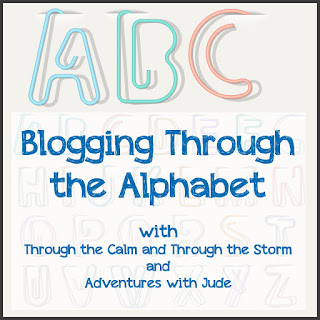The first time I went on an overnight backpacking trip, I really had no idea what I was doing. The entire thing was really one big experiment, including food. I won't belabor that because there will be an entire post later dedicated to that first overnight hike, but suffice it to say for this post that we really didn't eat very well. I don't remember what we planned for breakfast, but lunch was Slim Jims and some crackers. Dinner was a military MRE (meal ready to eat) because I thought it would be light and compact. It was neither.
Since then, I've done a fair amount of research on backpacking meals, and there is a wide spectrum of philosophy. Some just "get by" with cobbling food together like we had on that first backpacking trip. Others want to eat well but like to push that "Easy Button", so they go for prepackaged food from vendors like
Mountain House. Still others aren't afraid to pay the price in weight and bulk to eat like a king and will prepare gourmet meals using their
Bakepacker oven with a cook pot to bake bread, poach fish, cook rice, and make omelets.
Those that are willing to sacrifice just a little in food quality -- from 5-star to 4-star, for example -- but still want control over their cuisine usually take one of two approaches: Mix and cook the ingredients on site in a communal pot, or dehydrate everything and pack in individual ziplock bags. The former is easier on the front end but requires someone to carry a cooking pot, while the latter either requires you to dehydrate your own food or purchase dehydrated ingredients from commercial suppliers, such as
Harmony House,
FoodStorage.com,
Wilderness Dining, and Amazon.
After much research and soul-searching, I finally settled on this last method for many reasons. First, everyone gets their own bag of meals at the outset of the trip. Second, it's the easiest method, by far, of cooking on the trail -- just add boiling water to your ziplock bag of food. Third, it's the lightest; all you need are your food bags and a stove with a 1-liter cup/pot. Finally, cleanup is simple; just throw your ziplock bag into whatever ziplock bag you're using as your trash bag. The pics below are representative, except that these were on a regular trip vs on the trail.
 |
| Water boiling for the meal. |
 |
| Just add water -- a little more than you think, especially for foods that guzzle water, like rice. |
 |
| We made our own food cozies out of a car sunshade to insulate the food while it rehydrates. |
 |
| Consume and enjoy your delicious meal! |
We've now found several meals that have become favorites on our trips:
- Thanksgiving on the Trail -- Dehydrated chicken, Stove Top stuffing, dried mashed potatoes, and Craisins (from
The Scout's Backpacking Cookbook)
- Mexican Rice (get the recipe
here)
- Beans + Rice with Fritos and Cheese (get the recipe
here, but note that we modify it using cheese powder instead of real cheese and add all the ingredients except for the Fritos in the bag together, with only the Fritos added at the end after rehydration)
- Beefy Noodles -- 1 Ramen pkg, 1 oz instant onion soup mix, 3-5 Tbsp dehydrated ground beef, 2-5 Tbsp dehydrated vegetables, 1/4 tsp garlic powder, 1/4 tsp ground ginger, 1/2 tsp dried cilantro (credit to my hiking partner, Doc Holt, for this recipe)
- Omelet -- Powdered eggs, bacon bits, dehydrated peppers, and cheese powder on a pita (from
The Scout's Backpacking Cookbook)
Once I made this decision to make my own dehydrated meals, I invested in a dehydrator, and it has been well worth it. If you decide to go this route, I highly recommend the
Excalibur 3926TB. It's expensive, but it works much better and can hold much more food than the more consumer-oriented models. Not all those that prepare their own meals for backpacking, however, go this route. Noted backpacker, Andrew Skurka, buys all of his ingredients online, believing that, despite the additional cost, dehydrating his own food takes too much time and effort. Obviously, some ingredients are near impossible to dehydrate, like milk, cheese, and eggs, but others, like rice, tomatoes, and peppers are straightforward.
We also use our dehydrator extensively for making our own jerky. You can't have a backpacking trip without jerky (I'm pretty sure it's illegal!), and commercial jerky is pretty expensive.
The Scout's Backpacking Cookbook has a wonderful jerky recipe. Finally, while not technically a dehydrated meal (it cooks in the oven), I also have to share that we make our own granola (trail mix) and have tweaked it to perfection. If you'd like the recipe, you can get it off of
Cristi's blog.
Ultimately, you have to decide for yourself what food philosophy you subscribe to for backpacking. But if I've piqued your interest and would like to look for more dehydrated backpacking meals, I recommend starting your search with both
Andrew Skurka and the
Backpacking Chef. As an aside, these meals can also be good options for those that prefer to picnic during their roadtrips vs stopping to eat in a restaurant for each meal.





































